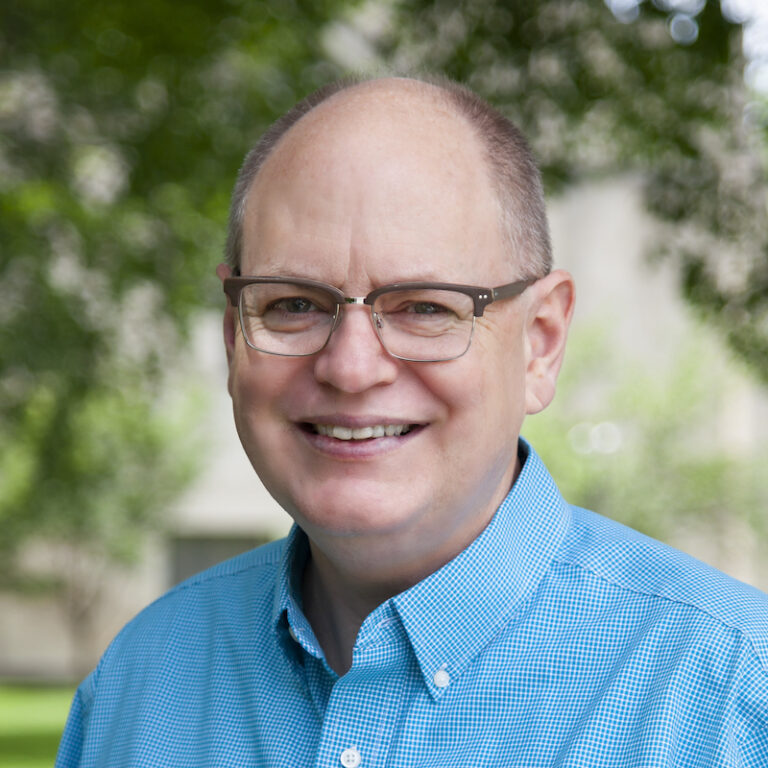Makoto Fujimura operates on a different plane than I do. His art is exhibited worldwide, best-selling author David Brooks refers to him as “my friend” in books and New York Times columns, and Mako even worked as an advisor to Martin Scorsese on the film Silence.
 Mako and I intersected two years ago when he was in town for a series of Big Read events and I was his host at Western Theological Seminary. He is kind, unassuming, and very wise.
Mako and I intersected two years ago when he was in town for a series of Big Read events and I was his host at Western Theological Seminary. He is kind, unassuming, and very wise.
I took advantage of being with him while we were sitting in my office between events and asked him to write the foreword to my book about Frederick Buechner. I had three compelling reasons to ask: 1) I had heard him powerfully quote Buechner, so I knew Buechner’s work meant a lot to him, 2) I wanted the foreword writer to be someone with name recognition, since I am unknown, and 3) he wasn’t an old white dude, and I am an old white dude writing a book about an even older white dude.
I was totally and absolutely expecting him to say, “I’d love to, but am so busy I just can’t.” Instead he said, “Send me what you’ve got and I’ll look at it.” That wasn’t a “no.” There was a pulse. However, I didn’t have much to send. I’d only had the book contract for a couple of weeks and at that point only had written a few samples for the book proposal. I sent what I had to Mako.
He responded quickly. I couldn’t believe my eyes when his email started with a compliment, “I really like your voice here,” and went on to say that he was happy to do it and already knew what he would write. I did a couple of back flips (okay, maybe imaginary back flips), high-fived myself a bunch of times, and then, over the next year or so, sat down and wrote the book.
I am so honored by Mako’s foreword. He reflects on the trauma caused by 9/11—he lived three blocks from the World Trade Center and his children went to school in the shadow of the twin towers—and tells of picking up a Buechner book in the difficult days immediately after 9/11 and reading about how, at times, the world can be cruel enough to decimate our faith. “The fragmentary nature of our experience shatters us into fragments,” Buechner writes. “Instead of being whole, most of the time we are in pieces, and we see the world in pieces, full of darkness at one moment and full of light the next.” (The Longing for Home, page 109.)
Mako saw not only his recent traumatic experience in those words, but his work as an artist as well. He employs a traditional Japanese style of painting called Nihonga in which the artist actually begins the creative process by grinding minerals to make paint. He then layers paint upon paint, as many as 50 to 75 layers, and his work looks, on the surface, only like abstract expressions of color. But when the viewer stops and lingers and looks at the painting for ten minutes or more, the shards of minerals embedded in the layers of paint begin to refract light and the painting explodes in beauty. “We can find true beauty in pulverization,” Mako says in his foreword, and later adds, “We have all been pulverized in some way, and the layers of these prismatic stories are worth beholding.”
This reminds me of a piece of wisdom from my old professor Stan Rock, who died a few weeks ago after living with Parkinson’s Disease for 34 years. Stan spoke of “hallowing our diminishments.” That’s another way of saying, “finding true beauty in pulverization.”
None of us asks for the trauma and grief and pain that mark our lives. On their own, these things aren’t beautiful. Parkinson’s isn’t beautiful, 9/11 wasn’t beautiful, the suicide of Buechner’s father when Buechner was only ten years old wasn’t beautiful, my friend’s brain cancer isn’t beautiful, nor was the stroke my wife suffered when she was just 24 years old. But there is beauty to be found when we stop and linger and look, when we hold these things up to the light, and when we share our stories with each other. Mako calls our stories “kaleidoscopic” with “pulverized rainbow hues,” and Buechner, of course, labeled each of our stories a “sacred journey.” They are both right.
 My book, Reading Buechner: Exploring the Work of a Master Memoirist, Novelist, Theologian, and Preacher, with a foreword by Makoto Fujimura, will be released in a few weeks. You can read the first chapter and pre-order here.
My book, Reading Buechner: Exploring the Work of a Master Memoirist, Novelist, Theologian, and Preacher, with a foreword by Makoto Fujimura, will be released in a few weeks. You can read the first chapter and pre-order here.
There are many dimensions and themes to Buechner’s work. Mako has picked up on what is as significant as any—how do we understand our lives, and find beauty and peace and God’s grace in our broken and shattered world?

